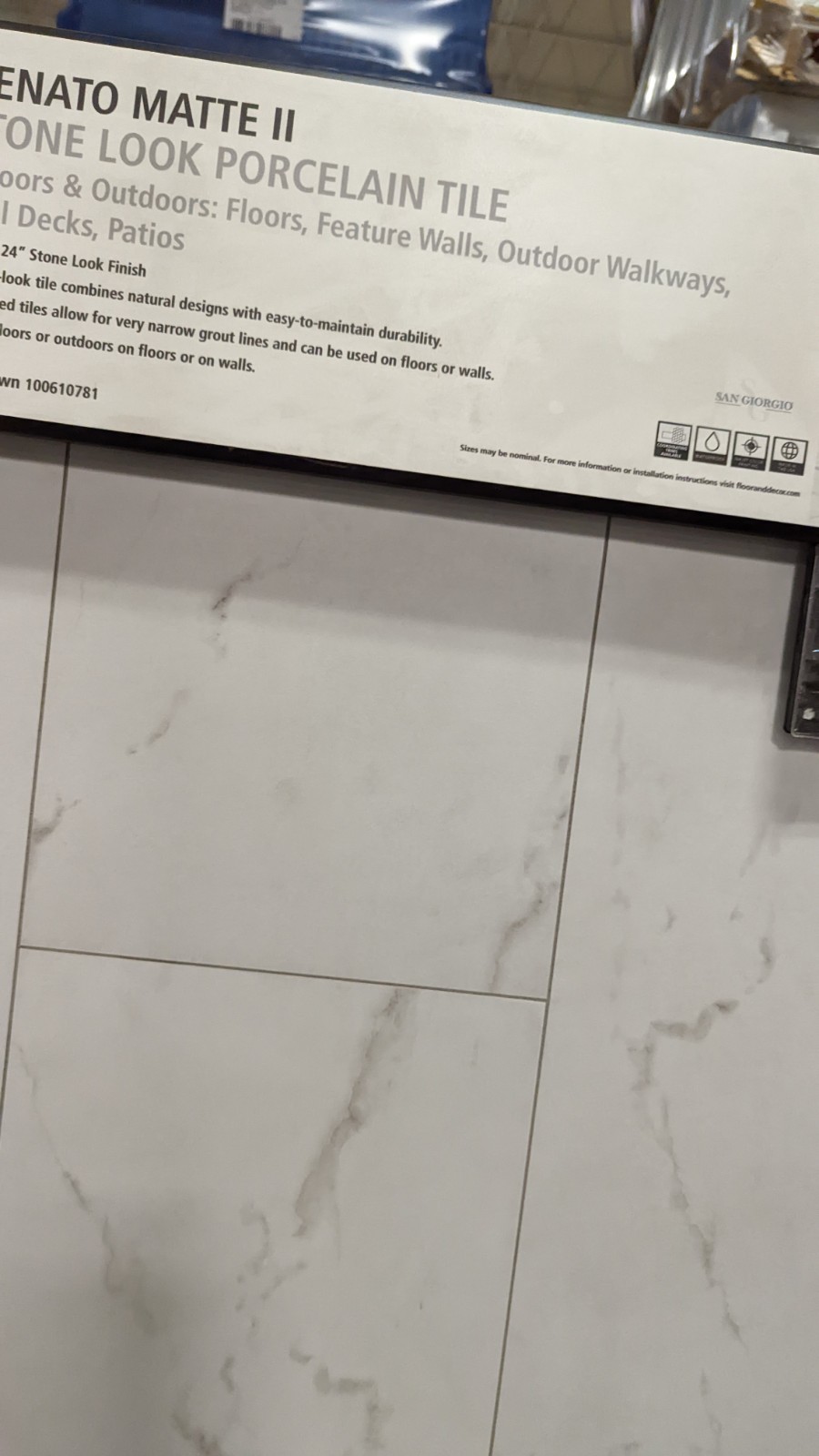Are you building a new home? Selecting the ideal flooring for your home is a decision that can significantly impact both its aesthetic appeal and functionality.
Picking out the flooring for your home can be a daunting process. That is because there is much to consider!
Your home’s flooring will spread throughout the entire house. Once it is installed, it is not easy to change if you don’t love it. It is not like a paint color that you can easily change by rolling out a new shade that suits the room better.
There is also no shortage of flooring options on the market today. With the multitude of flooring choices available, each with its unique set of characteristics, making the right choice can seem like a daunting task.
But you do need to worry! Our comprehensive guide will walk you through the process of choosing the perfect flooring for your space, ensuring that your decision is well-informed and aligned with your needs.
How to Choose the Right Flooring for Your Home
Did you know that there is a lot to consider when picking out flooring for your new home? The following guide can help you make the right selection. We cover everything you need to consider, from budget to aesthetics.
1. Determine Your Budget
The foundation of any home improvement project lies in setting a budget. Flooring costs can vary widely depending on the material you choose, the size of the area, and whether you opt for professional installation.
Establishing a budget from the outset helps you narrow down your options and prevents overspending.
2. Consider Room Function
Before delving into flooring options, consider the function of the room in question. Is it a high-traffic area, like a hallway or a family room? Or is it a bedroom or study where comfort takes precedence?
The usage of the room will dictate the level of durability and practicality your flooring needs.
3. Assess Lifestyle and Maintenance
Your lifestyle plays a significant role in choosing the right flooring. If you have a busy household with pets and kids, durability and ease of maintenance become paramount.
On the other hand, if you’re seeking a more refined, low-maintenance look, options like hardwood or laminate might be more suitable.
4. Evaluate Durability
Flooring in high-traffic areas, such as kitchens, entryways, and hallways, must be able to withstand the wear and tear of daily use.
Materials like tile, stone, or vinyl are known for their durability and resistance to scratches and dents, making them ideal for these spaces.
5. Think About Aesthetics
The aesthetics of your flooring should harmonize with the overall design of your home. Consider the color, texture, and pattern that will best complement your interior style.
Hardwood flooring exudes classic elegance, while tiles offer versatile design options, from minimalist to intricate patterns.
6. Research Different Flooring Types
To make an informed decision, familiarize yourself with the various flooring types available. Hardwood, laminate, vinyl, carpet, tile, and more each have their own set of advantages and disadvantages.
Research and compare their features, aesthetics, and maintenance requirements.
7. Understand Material Characteristics
Each flooring material possesses unique characteristics that influence its suitability for different spaces.
Hardwood offers warmth and natural beauty but requires periodic maintenance. Tile is water-resistant, making it ideal for bathrooms and kitchens, while carpet provides comfort underfoot in bedrooms and living rooms.
8. Consider Comfort
Comfort is a crucial factor, especially for spaces where you’ll spend a lot of time walking or standing.
Carpet, with its soft and cushioned surface, is a prime choice for bedrooms and family rooms.
However, materials like hardwood and laminate can be made comfortable with the addition of area rugs and underfloor heating.
9. Account for Allergies
For allergy sufferers, flooring choices can impact indoor air quality.
Carpet can trap allergens, so those with sensitivities might lean toward hard surfaces like hardwood, laminate, or tile, which are easier to clean and less likely to harbor dust mites.
10. Environmental Impact
If environmental sustainability is a concern, opt for eco-friendly flooring materials made from renewable resources.
Bamboo, cork, and reclaimed wood are excellent choices that not only reduce your carbon footprint but also lend a unique and rustic charm to your space.
11. Installation
The installation process varies among flooring materials. While some, like carpet and hardwood, might require professional installation, others, like laminate and vinyl, offer DIY-friendly options.
Consider your skill level, available time, and willingness to invest in professional installation.
12. Test Samples
Visualizing how a flooring material will look in your space can be challenging.
Grab some samples of your chosen options and place them in the room under different lighting conditions. This can help you make a more accurate decision.
13. Seek Professional Advice
Do not hesitate to consult with flooring professionals or interior designers. Their expertise can provide insights into the best flooring options for your specific needs and help you navigate the abundance of choices available.
14. Long-Term Value
Consider the long-term value of your flooring choice.
While some materials might have a higher initial cost, their durability, and timeless appeal could result in better value over the years. This can potentially save you money on replacements and repairs.
15. Get Quotes
Gathering quotes from suppliers and contractors will give you a clear understanding of the total costs involved, including materials and installation. This step ensures that your choice aligns with your budget.
Are You Building a New Home in Southwest Florida?
Are you ready to build a custom home but need to know where to begin? Making decisions, such as selecting the right flooring for your home, involves a thoughtful and informed approach.
Tropic Coast Homes is here to help! We help Southwest Florida residents build the custom homes of their dreams, from flooring to finish! Contact Us to learn how we can help you make your custom home.

